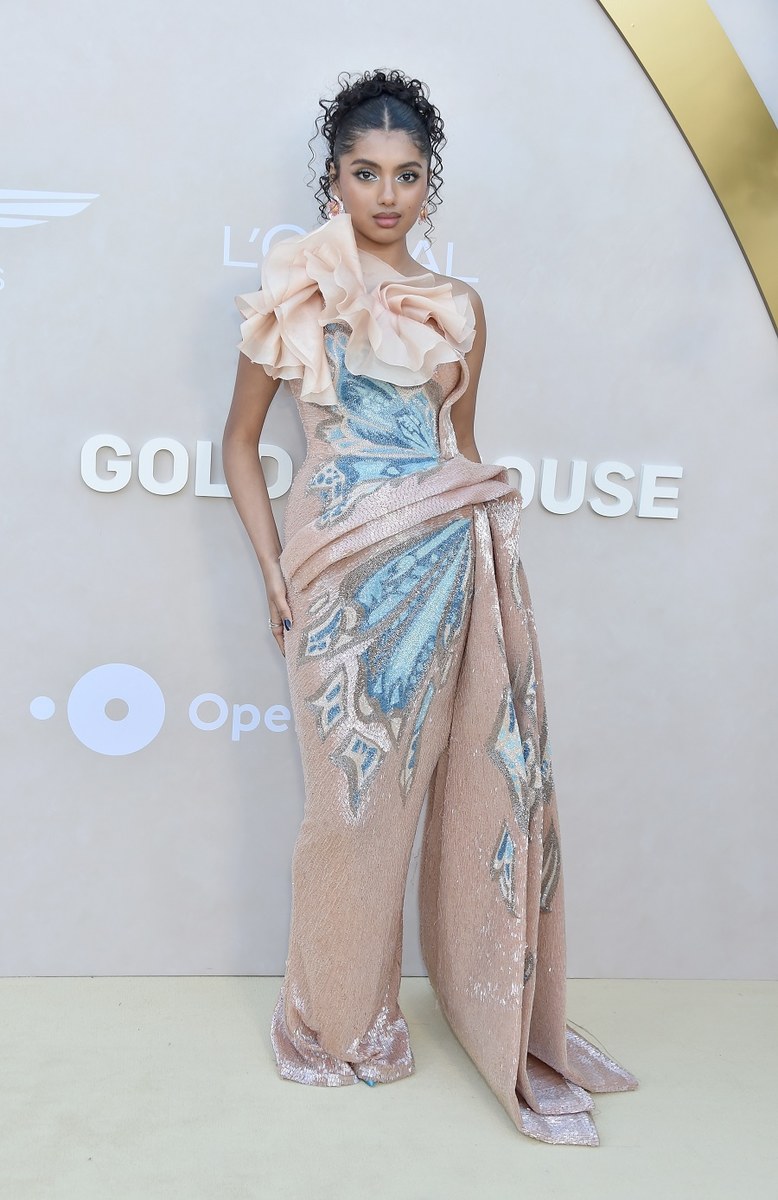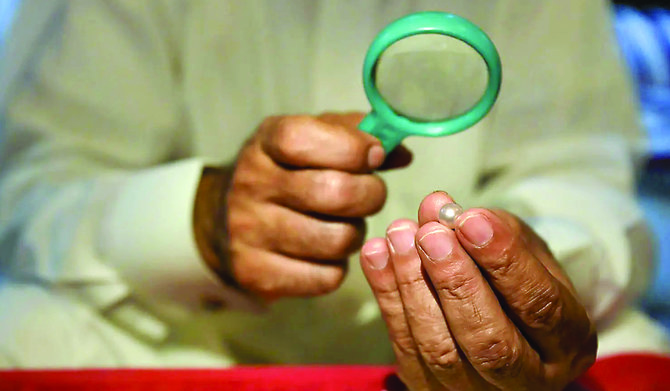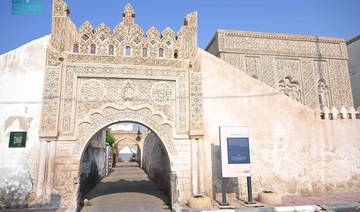With 2024 around the corner, “Make Space for Happiness” by Tracy McCubbin asks a question many of us are trying to answer: “How do you stop attracting clutter and start magnetizing the life you want?”
Every New Year, people seem to scramble to start it on a clean slate; they sign up for expensive gym memberships, buy new clothes and stock their kitchens with healthy foods. While that might be a good way to help support a better lifestyle, most of us are avoiding the real dusty elephant in the room.
Most of us don’t want to deal with decluttering the stuff we already have in our homes. It is often easier to add new shiny things to our rooms rather than mindfully remove old boring things.
We all have just too much stuff. Most homes — no matter how big or small — have drawers stuffed to the limit and closets bursting with mostly unworn garments and miscellaneous items.
How did it get that way? Why is it so hard to let go of things we don’t even want?
The book goes into what the author McCubbin refers to as “your seven emotional clutter magnets.” They are described as the “empty parts of us that desperately want to attract one of seven important feelings — purpose, love, connection, wisdom, confidence, self-respect and ease.”
“Clutter is not a superficial problem. It’s an emotional issue that requires an astute solution to help people attain life goals,” she writes.
The book goes into the history of clutter to offer insights into why, as a society, we went into consumerism and how effective marketing tricks cheated us into believing a new purchase would equal a new life.
The book looks at the vulnerable traps we all fall into. And it guides readers to try to understand the emotional reasons why we likely hoard or collect. “Make Space for Happiness” also tries to highlight the importance of overcoming shame or guilt over having too much clutter. Why do we continue to shop, even though we already have an abundance? How can we stop?
McCubbin, who is a professional organizer and CEO of dClutterfly, an LA-based home organizing company, uses examples from her own life and from her clients. The author describes herself as the “daughter of a hoarder,” and tells the reader how she knows firsthand how overwhelming it can be to be weighed down by physical items.
She also offers relatable antidotes from people facing similar things that many of us have gone through to illustrate how her clients were able to overcome some of this burden.
The book cautions us to avoid what she calls “the donation myth.” If you buy something and decide you no longer like it after all, we all tell ourselves “we will just donate it.” The thing is, most charity places don’t want your low-quality discarded items. They likely will end up in the landfill, and that is already a major issue and problem.
McCubbin’s book does not offer quick fixes or false hope. We still need to do the work and to better understand ourselves and our stuff. It is there to remind us that the simple act of reading this book proves you want to change. There is still a chance that we may find a way to declutter anyway so that we, as the title implies, can “Make Space for Happiness.”

























